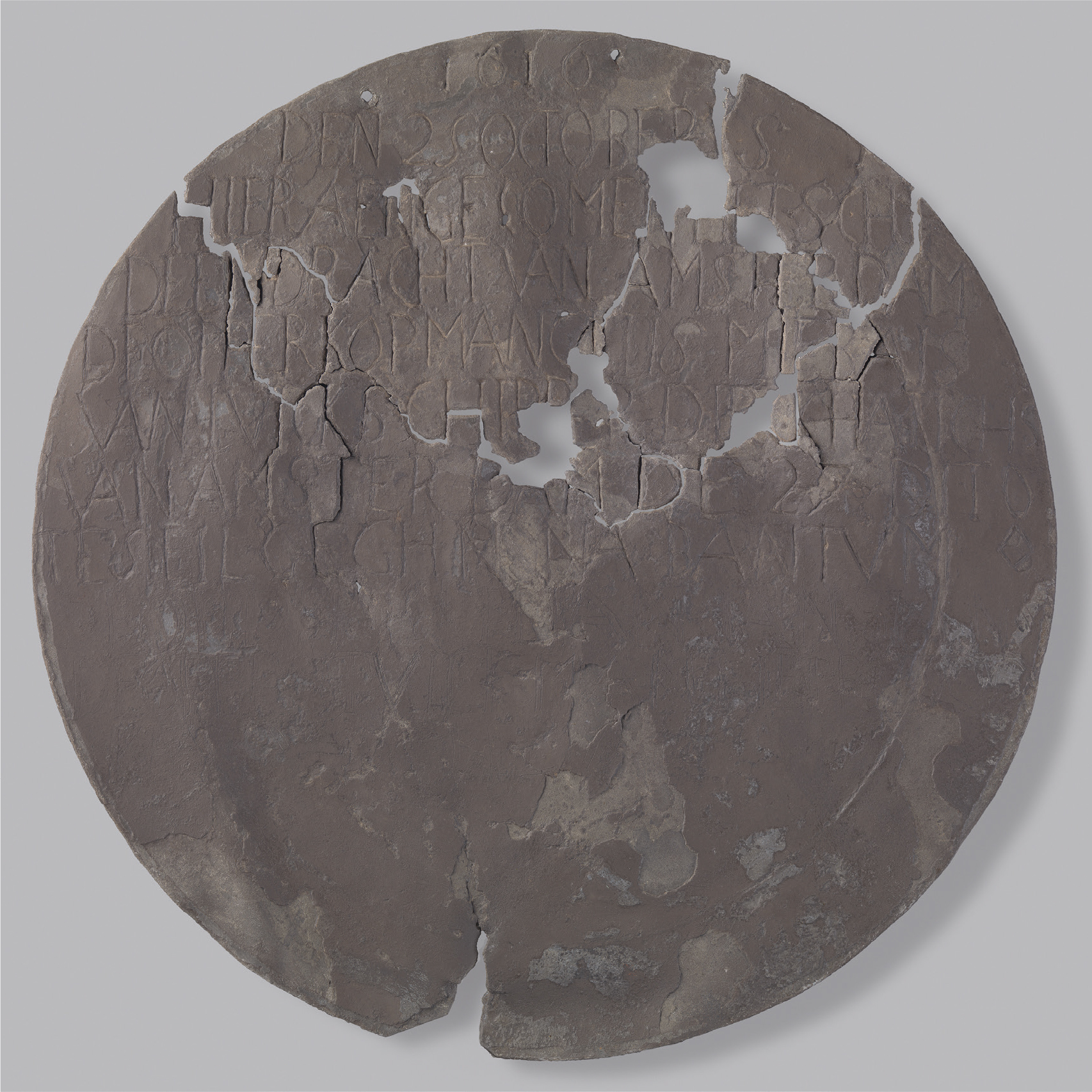‘Preserved from Decay by Air, Rain and Sun’.
Forsaken and then Found: A Biography of the Hartog Plate
DOI:
https://doi.org/10.52476/trb.23626Abstract
The Hartog Plate, left by Dutch skipper Dirk Hartog on the Australian coast in 1616, is the earliest known western object found in Australia, making it a significant historical artefact. Over the centuries, its status has evolved from an ordinary pewter plate into an iconic symbol of the shared history between the Netherlands and Australia. The plate’s fragile condition serves as a testament to what it has endured, including the various efforts undertaken to preserve it. Even if well meant, these efforts highlight the past challenges of balancing preservation with maintaining the integrity of the object’s history. Recent material analysis and archival research have provided new insights into the plate’s story, helping to determine the latest conservation efforts, aimed at restoring the plate to its most authentic state. Through a biographical approach, the authors examine how the plate and its meaning have changed throughout its existence and underscore how its historical value and relevance have been, and continue to be, interpreted from different perspectives.
Downloads







